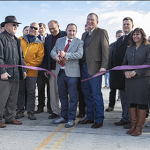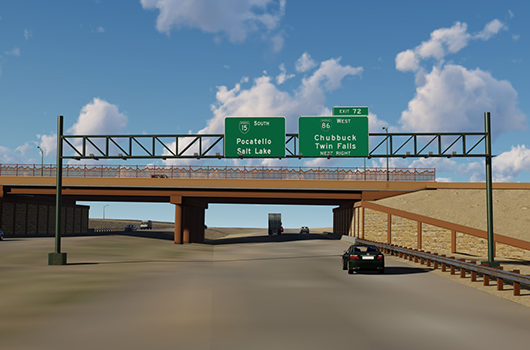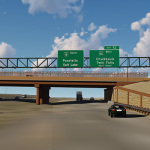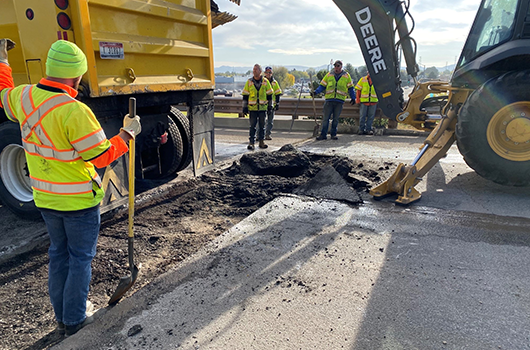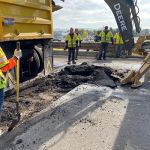Northgate opening Dec. 6 marks fulfillment of extensive process, unique partnership
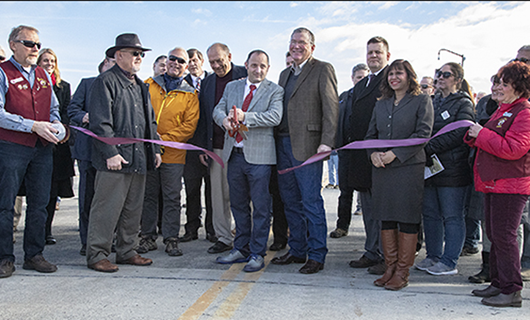
Three years after negotiations began, and 11 years after District 5 first mentioned the need for a new interchange at the location, the new Northgate Interchange opened to traffic on Dec. 6. It was fueled by a unique public-private partnership that brought the Interstate 15 interchange to reality at least two decades sooner than anticipated.
The collaboration of developers, cities, county, and many many other agencies and parties is a first of its kind for Idaho. While planning and design took time to develop, construction lasted just a year.
Approximately 250 people attended the grand opening, which included a welcome and introductory remarks by ITD D5 District Engineer Todd Hubbard, followed by remarks from Speaker of the Idaho House of Representatives Scott Bedke, and Farhana Hibbert, regional director representing U.S. Senator Mike Crapo’s office, Buck Swaney, representing Millennial Development Partners, Bannock County Commissioner Steve Brown, Chubbuck Mayor Kevin England and Pocatello Mayor Brian Blad. Former ITD District Engineer Ed Bala wasalso able to attend.
Watch the video here from the Grand Opening celebration.
“The project was a celebration of great relationships built and excitement from the community,” said ITD Project Manager Greydon Wright.
“We are excited to see what this new interchange helps bring to the communities,” said Wright. “Thank you to everyone who helped and participated throughout this journey.”
The total project, which provides a new entrance to northeast Pocatello and adjacent Chubbuck, represents an investment of roughly $31 million, including connecting roads and infrastructure.

